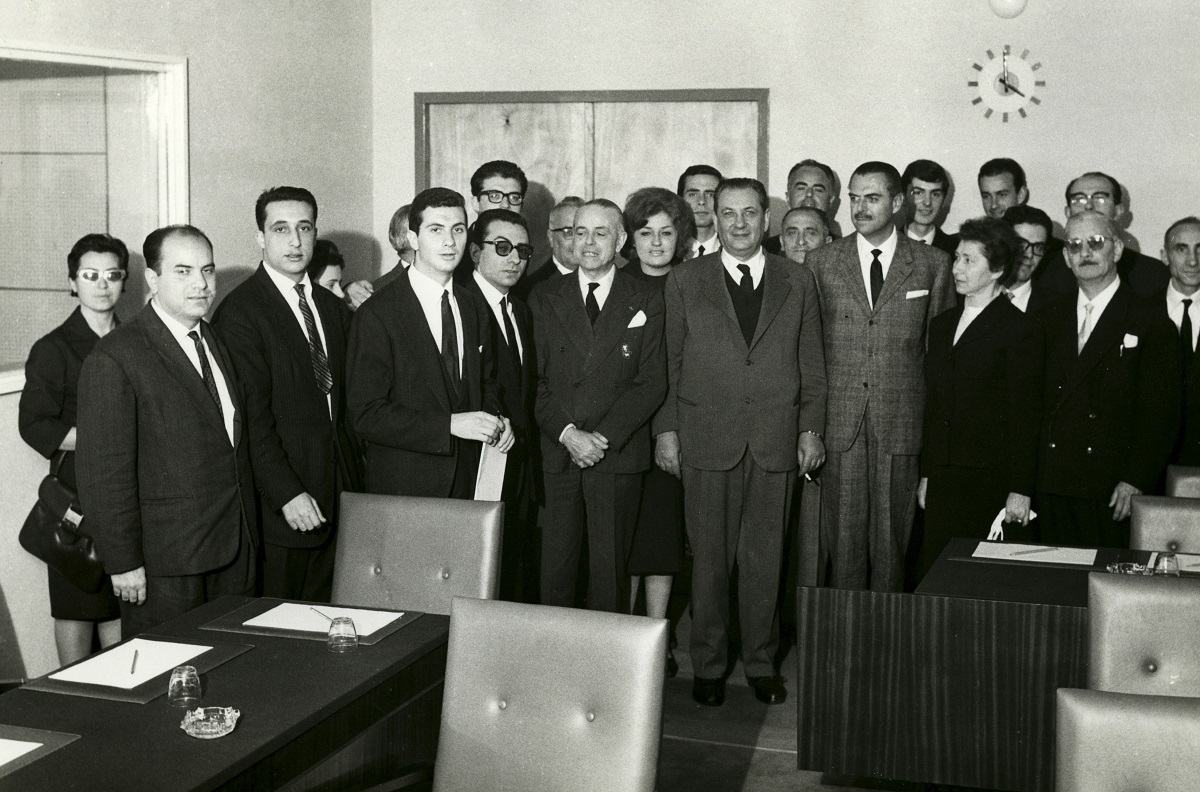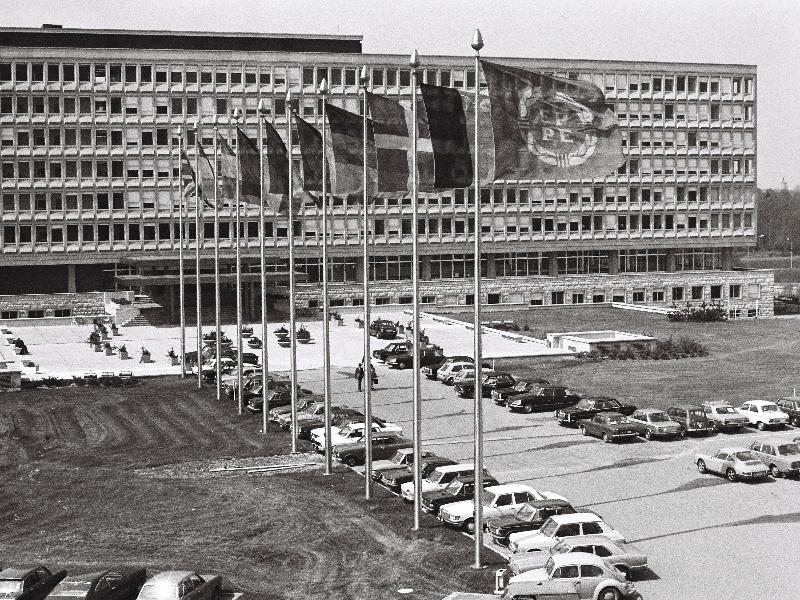A look at Parliament’s historical records of documents, photos, videos and more
The European Parliament's archival operations involve the preservation of documents, managed by the Archives Unit of the Office of the Secretary-General, and the Parliament Multimedia Library’s extensive collection of photos, video footage and audio material, run by the Directorate-General for Communication’s Audiovisual Unit.
All preserved items are traces of the Parliament’s activities, ‘memories’ of its legislative and administrative activities since 1952. When gathered together and put into context by researchers, historians and media planners, they help to cement the Parliament’s identity and culture.
Here, we highlight some of the most notable items in Parliament’s vaults.
Parliament’s predecessors
The archives include extremely significant documents from Parliament’s history, or rather its pre-history...
On 10 September 1952, the Common Assembly of the European Coal and Steel Community held its first session, which was opened by Antonio Boggiano Pico, as the ‘Président d’âge’ (the Common Assembly’s oldest member). Here’s his address (link to the speech in French), which reflected on the “long road” travelled since Robert Schuman’s declaration two years before.
The Common Assembly became the European Parliamentary Assembly (which would become the European Parliament in 1962). At its constitutive session on 19 March 1958, the ‘Président d’âge’ Granzotto Basso ended his opening speech by stating his wish to see “the political unification of Europe, for the well-being of our children and of the generations to come”. Basso's full speech can be read here (link to the text of the speech in French).
The name European Parliament was proposed in 1962 in the vote for a resolution of the European Parliamentary Assembly.
 European Parliamentary Assembly changes its name into European Parliament in May 1962. Centre: Gaetano Martino, Leopoldo Rubinacci © European Communities 1962 – European Parliament
European Parliamentary Assembly changes its name into European Parliament in May 1962. Centre: Gaetano Martino, Leopoldo Rubinacci © European Communities 1962 – European Parliament
A look back in time
Here’s a blast from the past: a photo of Parliament’s Robert Schuman building in Luxembourg, where a small number of plenary sessions were held between 1973 and 1979.
Built between 1970 and 1973, the Schuman building had a 120-seat debating chamber. The building reveals the architectural trends of the time, including its bas-relief made of zinc, while the photo also shows the surrounding, long-gone grass fields of the Kirchberg.
 The Schuman building in the Kirchberg district of Luxembourg © European Union 1977 – European Parliament
The Schuman building in the Kirchberg district of Luxembourg © European Union 1977 – European Parliament
The power of speech
The Parliament has been calling for equal pay for men and women since 1968. On 13 May that year, the EP adopted a resolution on ‘the application of the principle of equal pay for men and women’, based on a report by MEP Cornelis Berkhouwer on the social affairs committee.
Addressing the plenary that day, MEP Astrid Lulling took aim at education for girls and women in the countries of the EEC, calling it “inadequate” and “unsuitable” because “while men can do all the jobs that women can (except being a wet nurse), women can likewise do all the jobs that men can, with the exception of a few physically particularly demanding types of work that technical progress is rendering obsolete in any event”. Read her full speech here (Link to a PDF of the speech in French).
Parliament’s archives also include ‘moving parts’, of course, such as this historic video recording of a moving address given by Simone Veil on her election as the President of the first European Parliament to be elected by direct universal suffrage, on 17 July 1979.
Her speech included words that still resonate today: “The European Parliament, now elected by universal suffrage, now bears a special responsibility. To meet the challenges facing Europe, we will have to guide it in three directions: the Europe of solidarity, the Europe of independence, the Europe of cooperation.”